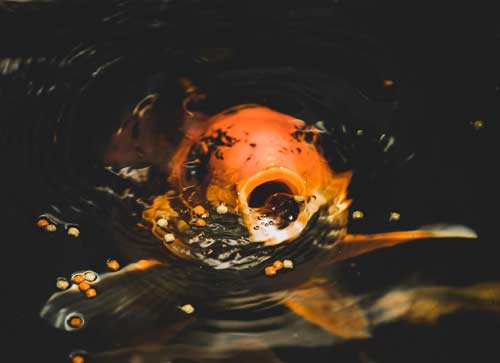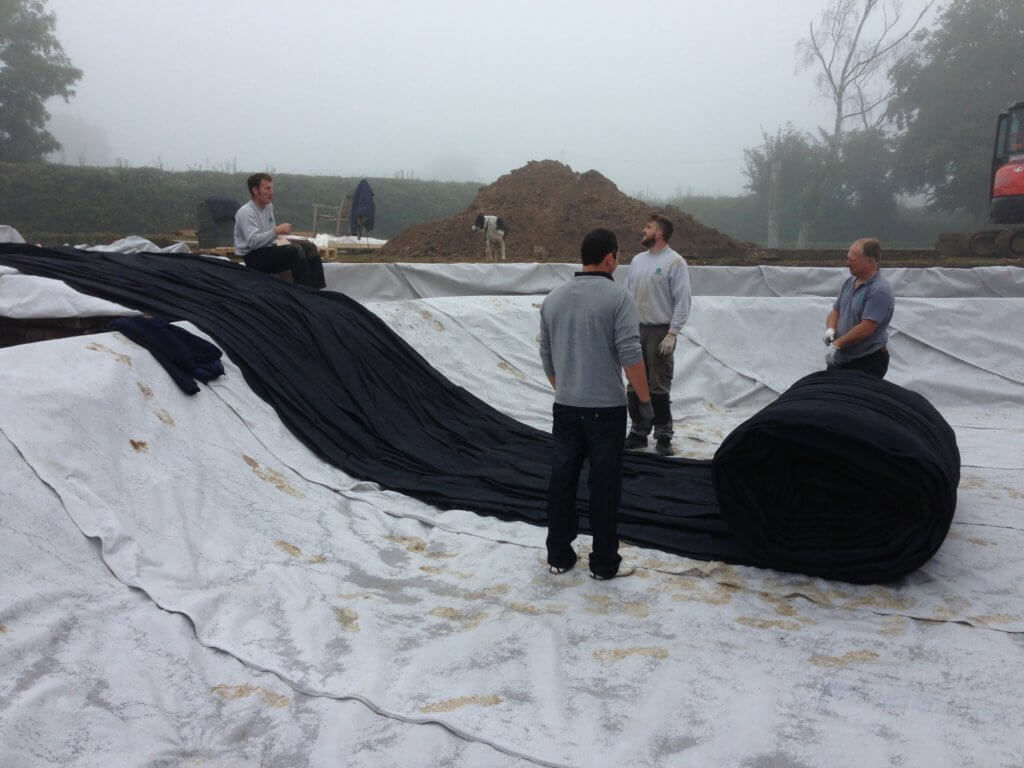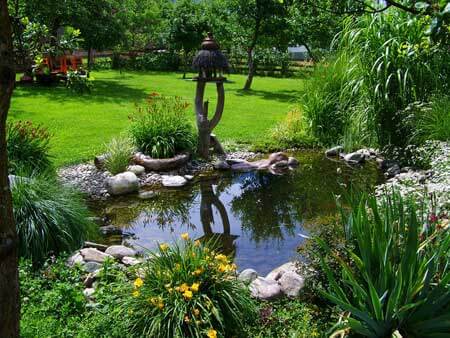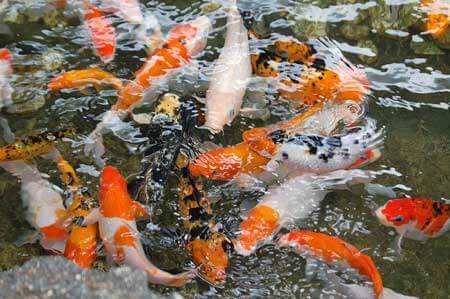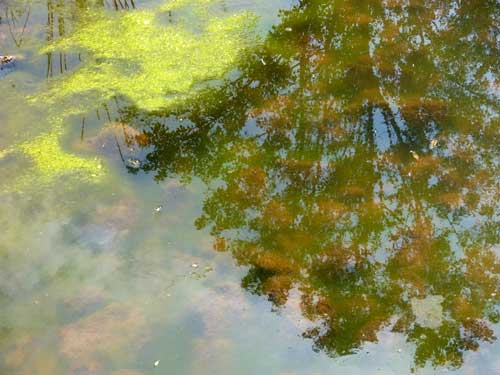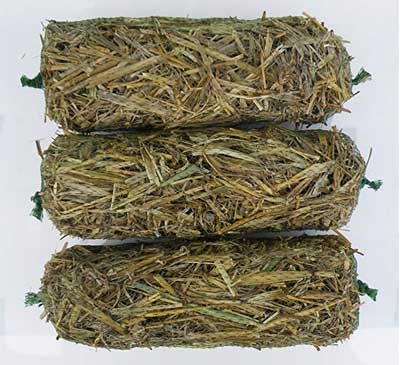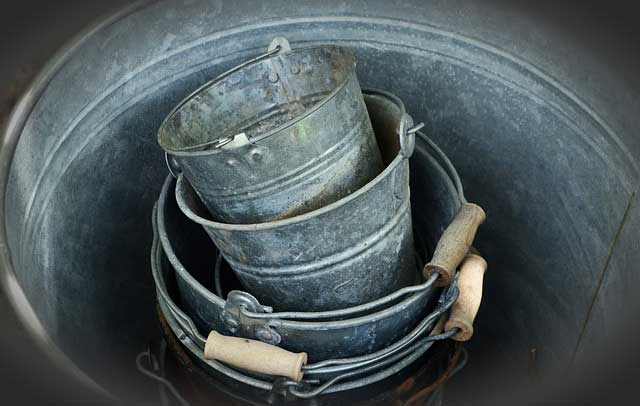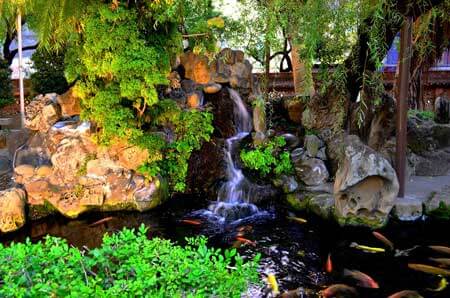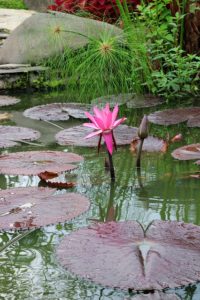The clocks have changed, the weather is warming and nature is awaking to a new season. For gardeners and pond owners spring is also a busy time clearing, cutting back and planning.
Your pond in Spring needs regular maintenance to keep them looking good. Without it they can soon become overgrown. This could lead to pond water becoming too unhealthy for fish and other wildlife to thrive in. If you notice an increase in algae growth, deal with it by raking up the filamentous weed and leaving it to the side of your pond for a few days. This will allow time for any wildlife hidden in the algae to make their way back to the water.
If you struggle to keep algae levels low then another option is to use barley straw. This is an environmentally friendly treatment for blanket weed. Submerge mesh bags of barley straw just below the water’s surface in early spring (replace the straw when it turns black). Chemicals released when the straw decomposes inhibits the growth of algae.
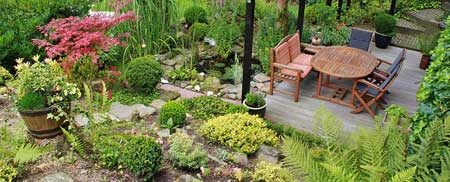
Pond in Spring maintenance tips
If you kept your pond free of fallen leaves and debris in Autumn the chances are your pond is starting the new growing season looking healthy. If not, clearing debris before it starts to decompose needs to be a priority. Here are nine other tips to getting your pond Summer ready:
- Give your pond filter a good cleaning. If you have a bio-filter, give it a boost of a bacteria/enzyme product to ensure a good bacteria colony starts to grow in the bio-filter.
- Start feeding your fish when temperatures are stable at around 55 degrees F (12 degrees C).
- Clean your pond pump and check all hoses for leaks or cracks.
- If you have a net covering your pond, make sure it is still intact, if not, replace it.
- Remove leaves or other debris in your pond – as the water warms up, any debris left in your pond will start to decompose and affect the health of fish.
- Fish keepers need to keep a vigilant look out for any signs of illnesses or wounds. Parasites and bacteria start becoming more active as the weather warms posing a potential threat to fish.
- Divide and repot pond plants. Avoid re-potting with soil full of organic matter. Most water plants grow well in sand and don’t require fertilizer. Water lilies are, however, an exception and do require fertilizer for a healthy growth. Water plants get their nutrients from fish waste. If you have extra plants after you have divided them, you may want to consider growing them in low, damp spaces in your garden.
- For fish ponds, make sure that up to half of the surface of your pond is covered with floating plants as it gives the fish a place to hide from predators and keeps them cool in the heat of the summer. It also keeps the sun from encouraging algae growth.
- If your pond is lined with a pond liner check that the material you have used for the edging is still in place, sufficiently covering the pond line to prevent any possible damage from claws or the UV rays – rubber pond liners are UV stable and will withstand long periods of UV exposure – but, a bare edging exposing a pond liner can detract from the beauty of the pond.
For wildlife pond owners, frogs are likely to have started to spawn in your pond. Netting your pond may help to deter the many prey. Insects start to hatch. Herons will be getting ready to nest and on the look out for an easy meal – look out for them in the early hours of the morning. Spring is also a time for growth, so regular cutting back your aquatic plants will help to make sure they don’t start occupying too much of the water surface.
A busy time but getting outdoors is good for your soul. You will also reap the rewards of a healthy pond during summer.






